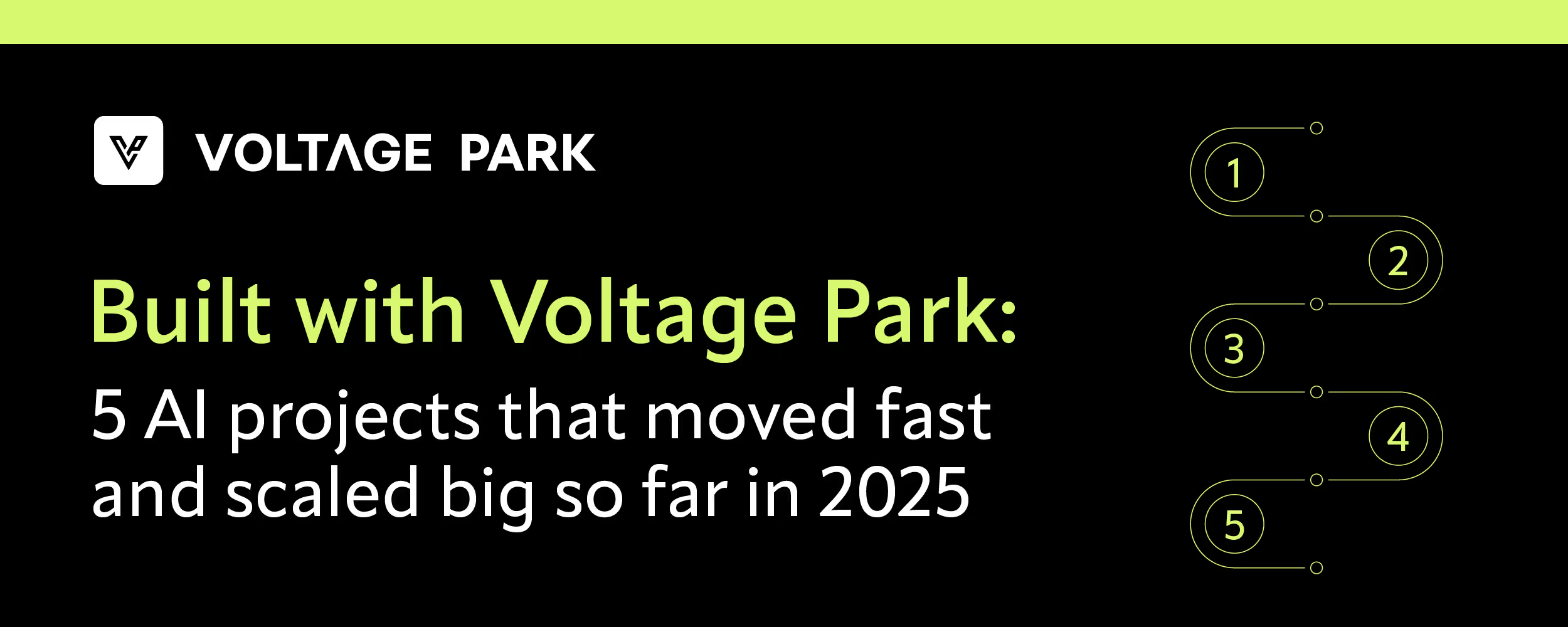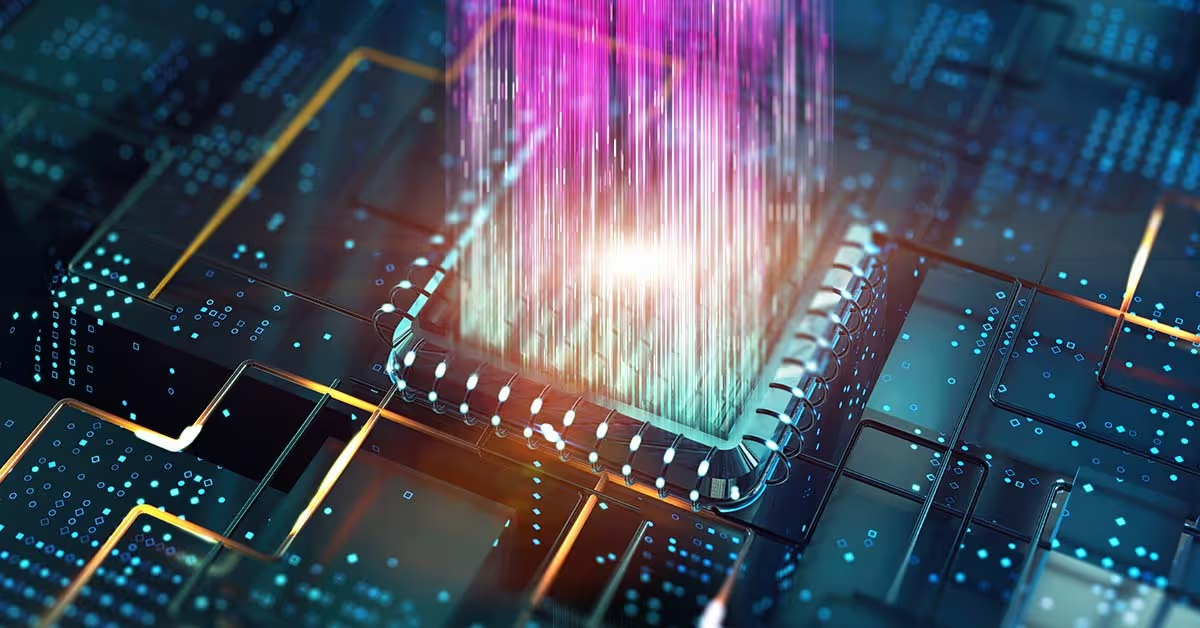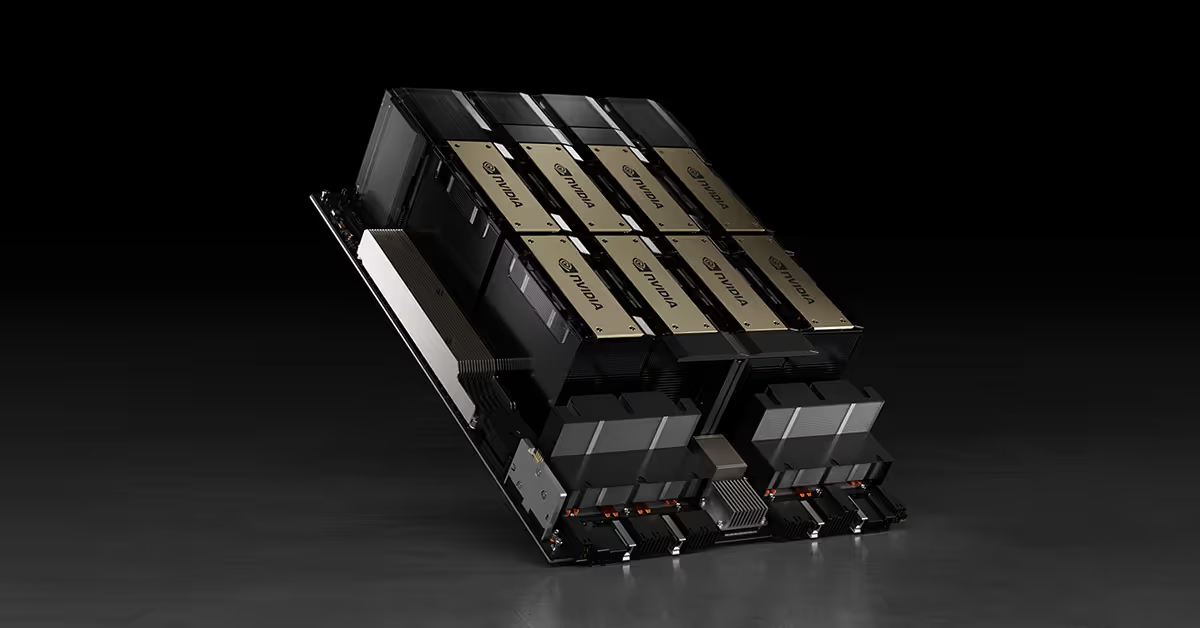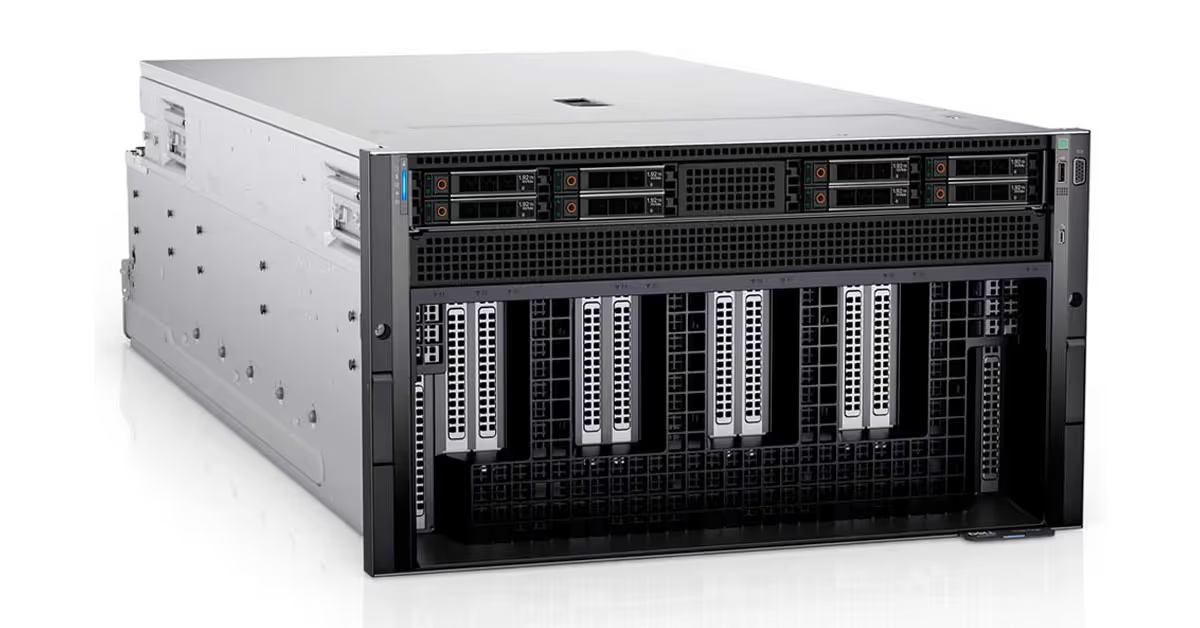AI Projects Already Moving Fast and Scaling Big in 2025

July 16th is AI Appreciation Day (yes, it’s real) and we’re taking this moment to spotlight some projects built with Voltage Park that are already moving fast, scaling big and making news in 2025. These accomplishments also remind us why we love being on our mission to make enterprise-grade AI infrastructure accessible to all.
The teams we’re profiling below are exploring new ways to improve medical diagnostics, ecological advancements, and getting AI to do more than “just chat or code.” They are providing the horsepower our imaginations need to spur more incredible visions for what artificial intelligence can - and will likely soon - do.
So, in no particular order, here’s a look at some AI projects we are proud to be powering in 2025 and beyond.
Reflection AI: A single source of truth for engineering knowledge
AI coding assistants today are mostly built for code generation, but in the real world, the problem isn’t typing. The problem is that 70% of engineering teams’ time is spent understanding massive amounts of interdependent and often undocumented codebases.
Asimov is changing that.
Acting as an organizational brain, it deeply understands both code and context (architecture docs, chat threads, etc.). This lets developers navigate, understand and work effectively in complex systems and stacks. Will Reflection AI’s latest launch, like its namesake Isaac Asimov, be considered “one of the best” when it comes to superintelligent coding agents? Time will tell.
Lightning AI: Build AI easily with zero setup
The Lightning AI platform (created by the team behind PyTorch Lightning) combines every tool needed to go from idea to production - from training to inference and everything in between - under a single subscription. Designed for researchers, startups, and large enterprises alike, it is the easiest way to build, train, and deploy AI models without dealing with complex infrastructure or setup.
With persistent cloud development environments, on-demand access to powerful GPUs, direct terminal (SSH) access, and built-in collaboration, Lightning AI lets teams focus on building and shipping AI products instead of managing tooling or infrastructure.
AI research at the forefront of Medicine, Math, and Ecology
From aneurysm detection to ecological twins, access to high-performance compute can be the difference between a theory and a working model. But that bridge is a tough one to cross.
Across the U.S., research institutions are lacking the necessary - but costly - access to AI resources they need to fully conduct their research and train the next generation of researchers. Stanford’s 2025 AI Index Report found in the U.S., 81% of K-12 computer science teachers say AI should be part of the curriculum, but most don’t feel equipped for teaching it.
Once the barrier to responsible and trustworthy AI education and resources is removed, these educational institutions and researchers will be able to see whether their hunches can propel breakthroughs in science, health, and the environment.
Here are three higher education projects that have already caught our eyes:
- At Northeastern University, researchers are pre-training large-scale neural networks to detect aneurysms in 3D brain scans and take life-saving diagnostics to the next level.
- At Caltech, teams are exploring AI-driven methods to discover and prove complex mathematical inequalities.
- At Ohio State University, researchers are developing digital twins to power autonomous ecological systems.
These experiments and the teams behind them represent the next wave of scientific tooling built on a foundation of high-impact AI research - tested at scale.
FutureHouse: Turning AI into a hypothesis engine
Outside of academia, FutureHouse is among the research orgs leveraging AI to redefine how, and how quickly, hypotheses turn into clinical trials. Earlier this year, FutureHouse announced they had successfully built an agile research stack that is now an AI scientist called Robin. Composed of an unified system made of three specialized agents, the integration of these separate systems into a single workflow accelerates the process of proposing and validating novel treatments and therapies for human diseases like macular degeneration - a leading cause of blindness.
Claude meets Cursor: Coding help for teams that don’t code
Not every team that needs automation knows how to build it. That’s where Cursor comes in with its developer environment powered by Anthropic’s Claude model. The twist is it lets non-coders (like sales teams) build functional workflows with AI.
This conversation between the Cursor and Anthropic teams provides insights into how they’re using Claude to help everyday users create and iterate on real code.
Kimi K2: Build for reasoning, not just chat
While many models center on conversation, Kimi K2 is purpose-built for tasks that demand reasoning, tool use, and deep context. Developed by Moonshot AI and recently showcased by Fireworks, Kimi is a 1-trillion-parameter mixture-of-experts model, with 32 billion active parameters per forward pass. It excels at multi-step planning, coding , and chain-of-thought reasoning, making it great for agentic workflows - and putting it within competitive range of GPT-4.
We’re only halfway through 2025…
… And we’re already seeing how small teams are able to build big with the help of neocloud providers like Voltage Park. We are lucky we are able to provide access to compute that can keep up with teams that are doing smart, ambitious work that continues to push AI forward in ways that will change all our lives.
If you’re building something with Voltage Park - let us know on Reddit and we'd be happy to potentially profile your achievements in a future article.
Not building with us yet?
With on demand access, no minimums or surprise fees, you can deploy today and spin up nodes in minutes.
%201.avif)


